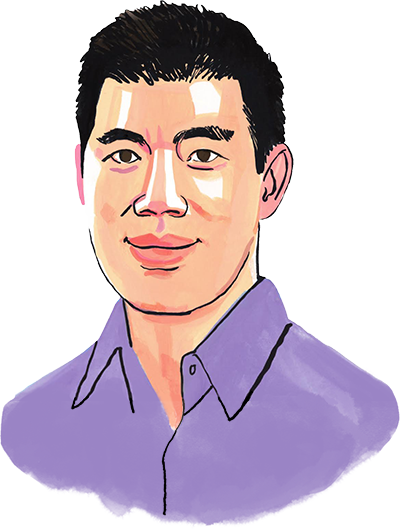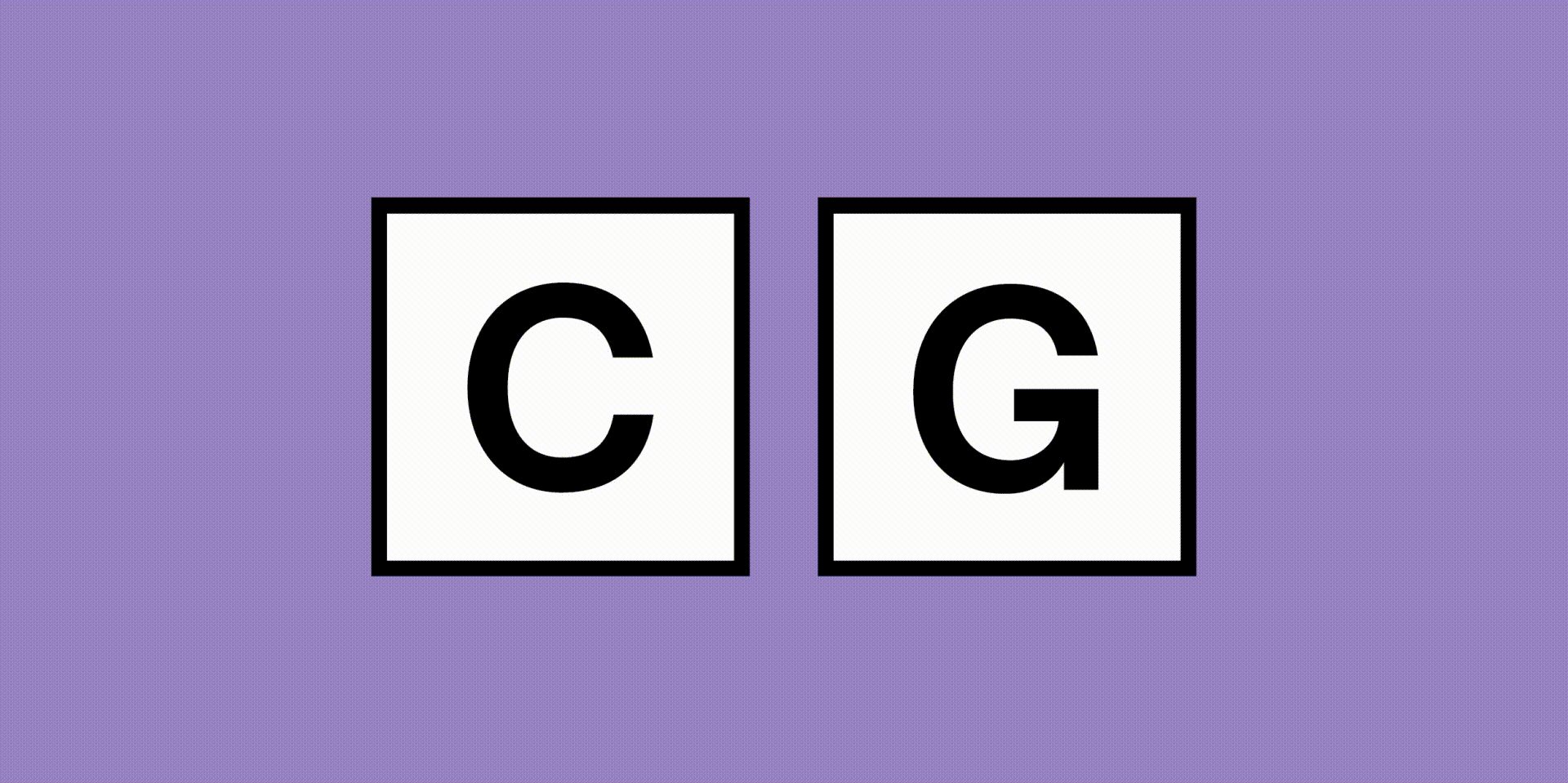A CRISPR startup rewrites tiny mutations instead of cutting and pasting entire genes.
For all its promise to cure disease, the gene-editing tool known as CRISPR still has a lot of unknowns. A big one is its safety: will it edit only the places in the genome it’s supposed to?
Perhaps the most contentious claim about CRISPR, that it could cause hundreds of unintended edits throughout a genome, has since been retracted. Even so, scientists still worry it could cause some unwanted DNA insertions or deletions. Other recent research indicates that some versions of CRISPR could make edited cells more vulnerable to cancer.
Such problems could be avoided with a more precise technique being developed in the labs of David Liu, a professor at Harvard and the Broad Institute. His team’s version of CRISPR involves so-called base editors, which go after much smaller targets — individual letters of DNA.
We all carry about 6 billion DNA bases in our genomes. Each of those bases is a chemical compound that can be abbreviated with one of four letters: A,C, T, or G. And each of those compounds is a member of a “base pair” — an A on one strand of DNA is chemically bound to T on the other side; C pairs with G. Those individual letters are crucial. It turns out that two-thirds of the more than 50,000 human genetic diseases — including sickle cell disease, cystic fibrosis, and Tay-Sachs disease — are caused by mutations at just one of these points. Where there should be, say, a T bound to an A, a C is bound to a G.
Various versions of CRISPR and other genome-editing technologies could, in theory, fix a lot of those diseases. It’s just that they’d do it by changing more DNA than is necessary. They replace entire genes by making a break in both strands of DNA’s double helix structure. That can create opportunities for certain off-target effects to spring up. In contrast, Liu’s base editing technique zeroes in on just one DNA base at a time. It uses an enzyme that rearranges the chemical makeup of the base so it resembles a compound with a different letter. That tricks cells into fixing the other DNA strand and completing a base pair conversion.
“You have to match the right tool for the job.”
In May, Liu launched Beam Therapeutics in Cambridge, Massachusetts, to commercialize base editing for human diseases. One of his co-founders is fellow CRISPR pioneer Feng Zhang, and the team has at least $87 million in funding. But they’ve been quiet about which diseases they plan to go after.
I spoke to Liu to try to better understand the state of the technology. This interview has been condensed and edited for clarity.

Is base editing a competitor to traditional CRISPR?
I see it a very complementary technology.
How so?
The analogy that I frequently use is that CRISPR-Cas9 is like molecular scissors, and base editing is like a pencil. As the analogy implies, for some applications scissors are the best tool for the job, while for other applications a pencil offers real advantages.
When might base editing be advantageous?
For a variety of genetic diseases where we know that there is a single point mutation or perhaps a small collection of point mutations, you can make the case that you would rather correct the point mutation than cut the gene and risk creating insertions or deletions that may have unpredictable or unhelpful biological consequences.
The most common consequence of making a double-stranded break in DNA is that the cells’ repair processes can insert or delete random bases at the site of the break. Because base editors don’t make a double-stranded break, they minimize the creation of these insertions.
This doesn’t mean that base editors are better than CRISPR, just like you wouldn’t say a pencil is better than scissors. Really the message is that you have to match the right tool for the job. There are many genetic diseases caused by insertions, deletions, inversions, translocations, or other types of DNA rearrangements for which correction requires breaking the double helix to perform cutting and pasting.
Just how efficient is base editing now? How often can you make the precise alterations you want?
We just published a paper in Nature Biotechnology describing base editors with efficiencies sometimes exceeding 50 percent, and with very low levels of undesired editing outcomes. A steady stream of additional improvements to maximize the precision and specificity have already been reported from multiple labs.
Why did you found Beam Therapeutics now? Why was base editing ready to move out of the lab and be commercialized?
Because genome-editing therapeutics companies had already been launched and were doing very well and are making tremendous progress in bringing these technologies to patients. That showed there was sufficient interest and that there were resources and need from the patient perspective.
My general philosophy is that we all have an obligation to translate the science we develop for a societal benefit. I never want the end product of our research to be just an article in a journal.
You co-founded two other startups, Ensemble Therapeutics and Permeon Biologics, based on earlier technologies in your lab. Neither company worked out. What did you learn from those experiences?
My past experiences [helped] teach me some of the factors that can increase the likelihood that a startup succeeds. Rolling up my sleeves to help with this transition has improved the connection between research projects in our lab and problems that need to be solved, or questions that need to be illuminated.
We’ve seen a rapid development of CRISPR-Cas9 technology in the past few years. In China, it’s already being used in clinical trials, and the first trials in the U.S. and Europe could begin soon. How far away is base editing from clinical trials?
I think it’s too early to speculate.








